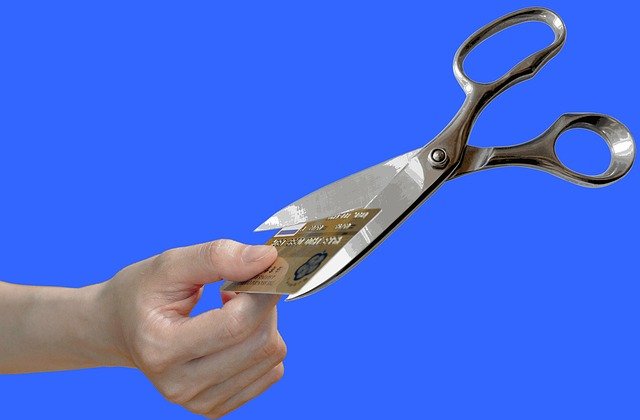Understanding the Science and Aesthetics of Fat Removal Procedures
The quest for an ideal, socially acceptable body shape has been an enduring human pursuit. As our understanding of the human body has advanced, so have the methods we use to alter it. Today, one of the most common elective procedures to modify the body's appearance is fat removal, also known as liposuction or lipoplasty. A convergence of both science and aesthetics, this procedure offers an effective strategy for individuals who struggle with stubborn body fat that resists diet and exercise. This article will delve into the historical context, current relevance, trends, impact, reception, and unique insights into fat removal procedures.

The Historical Evolution of Fat Removal
The concept of fat removal is not as new as one might think. In the ancient world, the Greeks and Romans recognized obesity as a health problem and often recommended physical exercise and dietary changes to maintain an appropriate weight. However, the idea of surgically removing fat did not emerge until the 20th century. In the 1920s, French surgeon Charles Dujarier attempted a rudimentary form of fat removal surgery but with disastrous results. The real breakthrough came in the mid-1970s, when Drs. Giorgio and Arpad Fischer developed the technique of blunt closed liposuction. This marked the beginning of modern fat removal procedures.
Liposuction in the Contemporary World
Today, liposuction is one of the most commonly performed cosmetic procedures worldwide. It has become increasingly popular due to its ability to target specific areas of the body, from the abdomen and thighs to the arms and neck. The procedure involves the use of a cannula (a thin tube) and a suction device to break up and remove fat from the body. Over the years, technological advancements have refined liposuction techniques, increasing their safety and efficacy. Variations such as tumescent liposuction, ultrasound-assisted liposuction, and laser-assisted liposuction have emerged, each with unique benefits and drawbacks.
The Impact and Reception of Liposuction
The impact of liposuction on society has been multi-faceted. On a positive note, it has given many individuals the opportunity to achieve their desired body shape, increasing self-confidence and satisfaction with their appearance. However, it’s also important to acknowledge the potential risks and complications, including infection, scarring, and in rare cases, life-threatening conditions such as fat embolism syndrome.
Public reception of liposuction is mixed. On one hand, the procedure’s popularity indicates a high level of acceptance and demand. On the other hand, there are concerns about the potential for body image issues and the commodification of beauty. Moreover, some critics argue that liposuction promotes a quick-fix mindset towards health and fitness, instead of encouraging long-term lifestyle changes.
Unexplored Insights into Fat Removal
Fat removal is often discussed in the context of aesthetics and physical appearance, but it also has medical implications that are not as frequently explored. For instance, liposuction can be used in the treatment of certain medical conditions, such as lipomas (benign fatty tumors), gynecomastia (excess fat in men’s breasts), and lipodystrophy syndrome (fat metabolism problems). Furthermore, research is underway to determine if removing visceral fat (fat around the organs) through liposuction can provide health benefits, such as reducing the risk of heart disease and diabetes.
A Balanced Perspective: The Future of Fat Removal
As our understanding of fat and its functions in the body continues to evolve, so too will fat removal procedures. It’s important to maintain a balanced perspective, recognizing the potential benefits while also acknowledging the risks and societal implications. As with any medical procedure, informed consent is crucial. Individuals considering liposuction should consult with a qualified health professional to understand the procedure fully, its potential outcomes, and any alternative options.
In conclusion, fat removal procedures represent a fascinating intersection of science, aesthetics, and society’s changing ideals of beauty. As technology advances, we can expect further developments and refinements in this field, providing new opportunities and challenges for both patients and practitioners.




